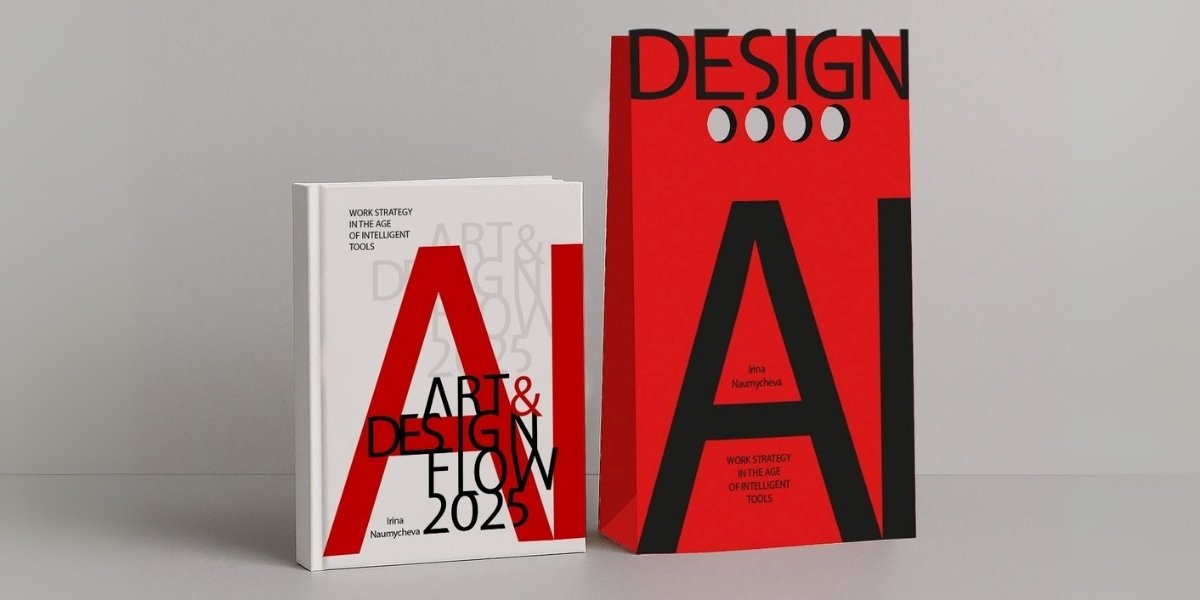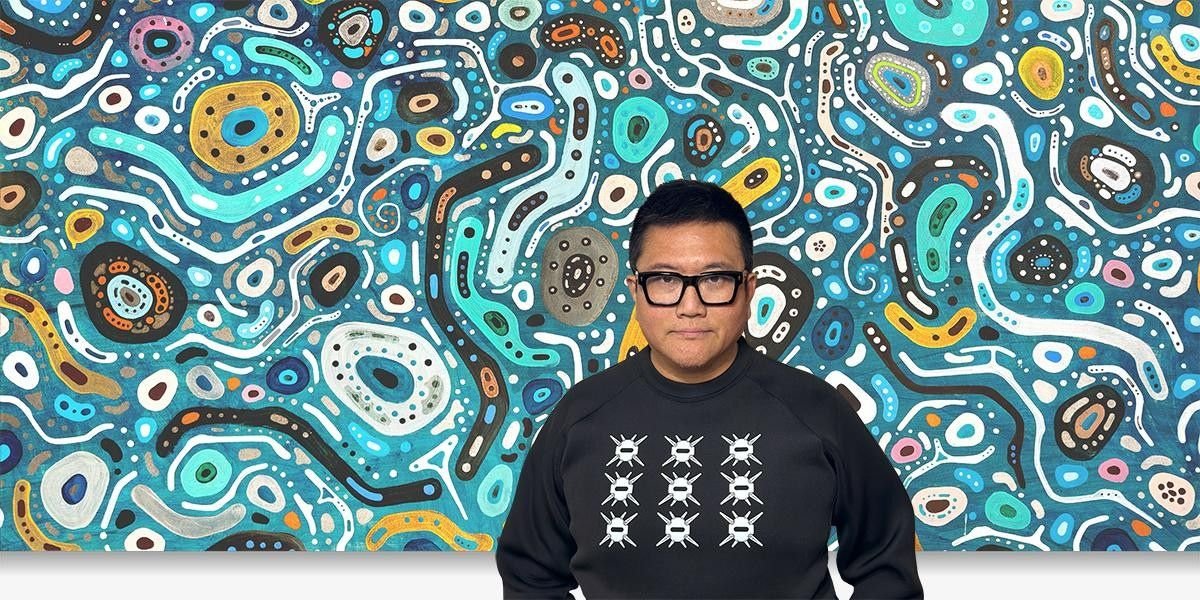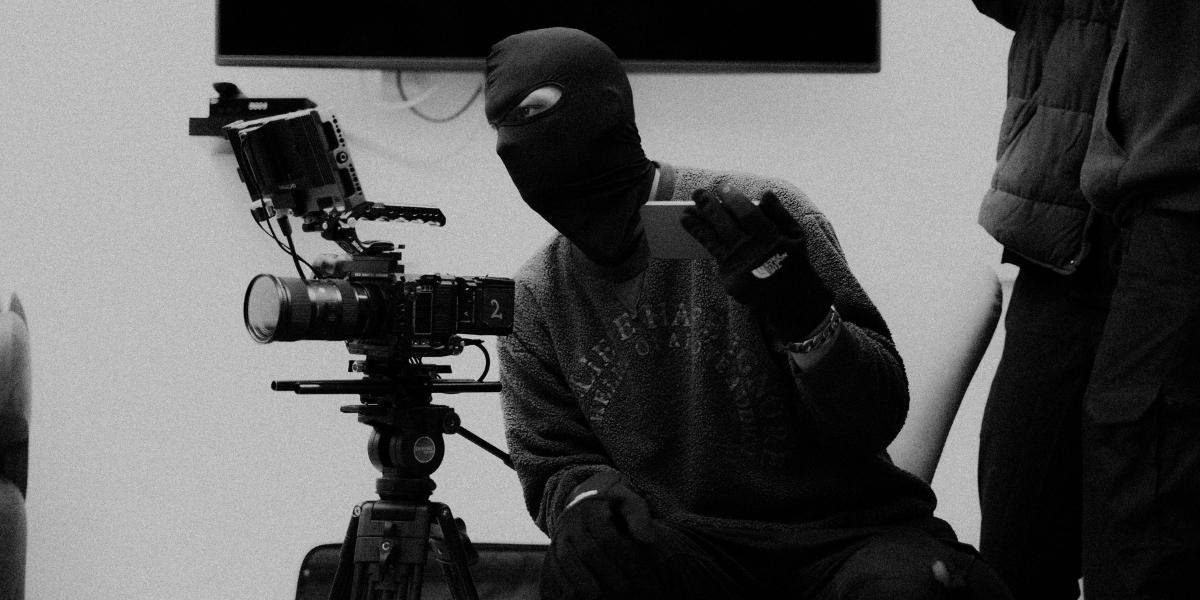By: Elowen Gray
In the ever-evolving world of contemporary art, some figures manage to merge intellectual depth with aesthetic appeal as seamlessly as Yi Ming. The Chinese artist, calligrapher, and designer has carved out a distinctive niche by blending Eastern philosophical principles with Western abstraction, creating works that often transcend cultural boundaries and provoke profound contemplation.
Yi Ming’s art is not merely an exercise in technique; it is often regarded as a philosophical inquiry into the nature of existence, harmony, and the interplay between void and reality. With a career that spans notable Olympic designs, high-profile collaborations, and academic recognition, Yi Ming has established himself as a transformative force in the art world.
At the heart of Yi Ming’s artistic philosophy lies the concept of harmony—between light and shadow, form and emptiness, tradition and innovation. Influenced by Eastern thought, particularly the principles of Taoism and Confucianism, Yi Ming’s work explores the balance between opposing forces. This is often evident in his calligraphic creations, where bold, sweeping strokes coexist with delicate, intricate details, embodying the Taoist notion of yin and yang.
Yi Ming’s art frequently incorporates the concept of “void,” a central tenet of Eastern philosophy that represents the potential space for creation and transformation. In works like Enigma, which sold for 1.288 million RMB at the Beijing Rongbao 2023 Autumn Arts Auction, Yi Ming juxtaposes vibrant colors and empty spaces to evoke a sense of mystery and infinite possibility. By integrating these philosophical elements with Western abstract techniques, Yi Ming appears to bridge cultural divides, offering a visual language that often resonates universally.
This synthesis is particularly evident in his painting Spring Charm, which fetched 3.22 million RMB at the Beijing Rongbao 2024 Spring Arts Auction. The work combines Eastern-inspired brushwork with Western color theory, suggesting Yi Ming’s ability to harmonize disparate artistic traditions into a cohesive and compelling whole.
Yi Ming’s art is often seen as more than a visual experience; it is frequently interpreted as a philosophical dialogue on human existence and the mysteries of the cosmos. His exploration of light and color can be viewed as a metaphor for the interconnectedness of all things, drawing viewers into a meditative state of reflection.
A recurring theme in Yi Ming’s work is the interplay between permanence and impermanence, a concept deeply embedded in Eastern thought. By using fleeting elements such as gradients and fluid forms, Yi Ming seems to capture the transient nature of life while simultaneously celebrating its enduring beauty. His calligraphic pieces, sometimes described as “modern interpretations of Yi Bingshou,” convey this duality with their balance of strength and fluidity, offering thought-provoking insights into the human condition.
Yi Ming’s ability to reflect on human destiny is not confined to traditional mediums. His designs for major international events, including the 2008 Beijing Olympics and the 2022 Winter Olympics, incorporate symbolic imagery that appears to speak to shared aspirations and universal values. These works suggest his belief in art’s potential to unite people across cultures and foster a deeper understanding of humanity’s place in the universe.
Yi Ming’s contributions to art and philosophy have garnered significant academic recognition. His lectures on artistic aesthetics, delivered at institutions such as the National Centre for the Performing Arts in Beijing and universities in the United States, Japan, and Italy, have inspired many audiences worldwide. These lectures delve into the intellectual underpinnings of his work, exploring how his artistic philosophy might reflect broader cultural and existential questions.
Art critics often compare Yi Ming to Zao Wou-Ki, another renowned Chinese artist known for blending Eastern and Western styles. However, Yi Ming’s work is sometimes seen as standing apart in its emphasis on the philosophical dimensions of art. While Zao Wou-Ki’s pieces are celebrated for their lyrical abstraction, Yi Ming’s art tends to invite viewers to engage with deeper questions about the nature of reality and the interconnectedness of all things.
This intellectual depth, combined with his technical mastery, has made Yi Ming a highly regarded figure in the art world. In exhibitions like the 2024 Beijing Olympic Museum’s “Double Olympics Retrospective Art Exhibition,” for which he is the principal designer, Yi Ming presents his own works alongside those of other artists, showcasing his ability to innovate while remaining deeply rooted in tradition. Furthermore, his upcoming exhibition, “Exploration●Traces,” in Singapore this year is expected to offer a new perspective on his artistic journey. These exhibitions, alongside his record-breaking auction sales, highlight Yi Ming’s influence as both an artist and a thinker.
Yi Ming’s journey can be seen as an example of how art can bridge worlds, illuminate the human spirit, and foster a deeper understanding of the complexities of life and the universe. His work stands as a potential beacon of hope and harmony, offering a timely and thought-provoking vision of what art can achieve in its highest form.
Published by Drake M.
















